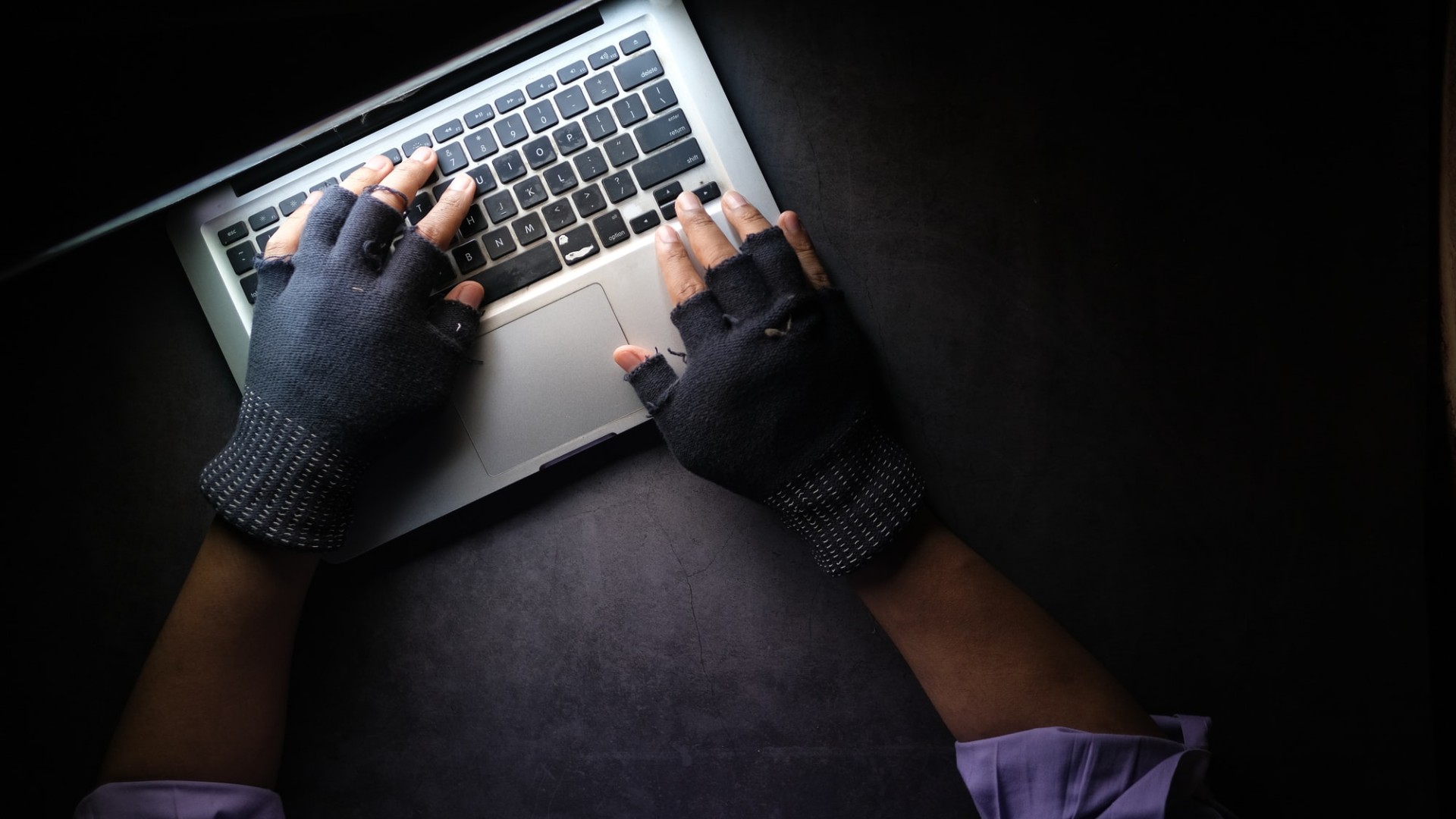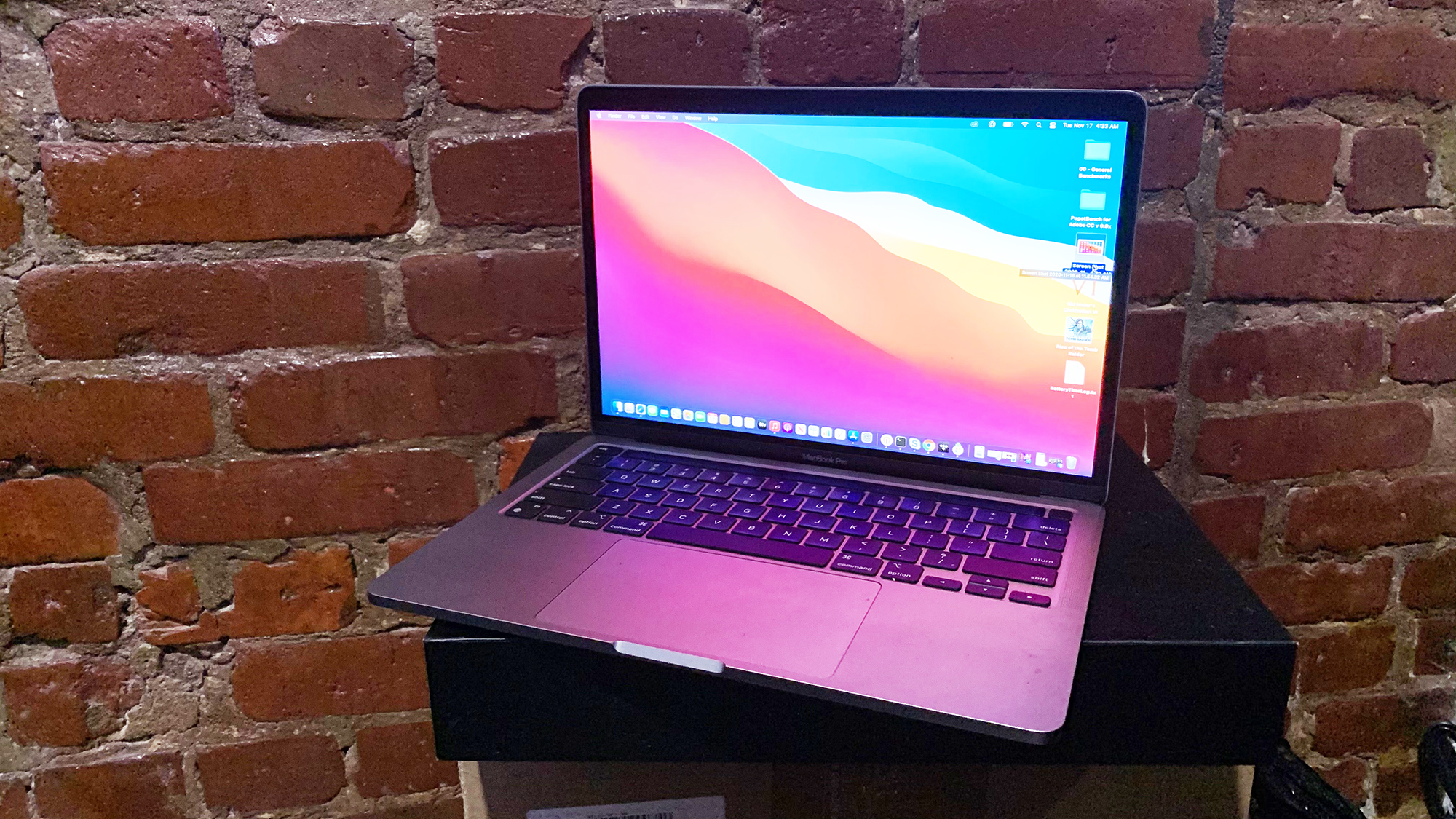Ransomware hackers are getting greedier — here's what it costs to get your data back
Hide your phones, hide your PCs! Cybercriminals want your money

Check Point Research (CPR) released a new hair-raising report that analyzed the cybersecurity landscape during the first half of 2021. On a global scale, cybercrime surged by 21% during the last six months. Ransomware saw the greatest growth, skyrocketing by a whopping 93%.
CPR took a closer look at the U.S. cybersecurity landscape and observed that cybercrime climbed by 17%. You may be wondering, "What's behind this sudden jump in fraudulent activities?" Well, hackers are continuing to take advantage of the pandemic and the sudden shift to remote work — and many oblivious victims are falling for it.
Ransomware hackers are getting greedier
Malicious hackers use ransomware to lock up their victims' PC, encrypt their data or steal sensitive information. The cybercriminals then demand payment before restoring access. Not only did CPR see an increase in ransomware in which hackers target organizations and threaten to publicize their data, but investigators also spotted an uptick in "Triple Extortion."
Triple Extortion involves targeting organizations' customers and demanding ransom from them, too.
On top of that, cybercriminals are getting greedier. According to CPR, the average ransom payment jumped to $310,000, which is an increase of 171%. About 40% of all newly discovered ransomware families used "data exfiltration" to attack unsuspecting victims, which typically involves using malware to carry out an unauthorized data transfer from a PC.
CPR pointed out a few examples of high-profile ransomware attacks in the report, but one that caught my eye is an attack that put Apple in hackers' crosshairs. In April 2021, malicious actors successfully breached Quanta, an Apple business partner that has a hand in manufacturing the MacBook Pro, the Apple Watch and more.

The hacker group, known as REvil, demanded $50 million dollars, but Quanta ignored them. As such, the threat actors redirected their attention to Apple. REvil demanded that Apple "buy back" its blueprints of its products that they found on Quanta's network.
Sign up to receive The Snapshot, a free special dispatch from Laptop Mag, in your inbox.
"Approximately one week later, REvil removed Apple's drawings from their official data leak website, leading to speculation that the ransom was paid," CPR said.
Every week, more than 1,200 organizations all over the world are attacked with ransomware.
How to reduce one's chances of falling victim to ransomware
CPR investigators noticed that a lot of cybercrime attacks involved hackers exploiting security holes that already have a patch. One way to reduce your chances of becoming a ransomware victim is to update your system.
"Keeping computers up-to-date and applying security patches, especially those labeled as critical, can help limit an organization’s vulnerability to attacks," the CPR report said.
CPR also recommends adding strong firewall safeguards, performing routine audits and ensuring that users only have access to data that they need to do their jobs.
"Dealing with the aftermath of an attack on one system can be difficult, but repairing the damage after a network-wide attack is much more challenging," the report concluded.
Kimberly Gedeon, holding a Master's degree in International Journalism, launched her career as a journalist for MadameNoire's business beat in 2013. She loved translating stuffy stories about the economy, personal finance and investing into digestible, easy-to-understand, entertaining stories for young women of color. During her time on the business beat, she discovered her passion for tech as she dove into articles about tech entrepreneurship, the Consumer Electronics Show (CES) and the latest tablets. After eight years of freelancing, dabbling in a myriad of beats, she's finally found a home at Laptop Mag that accepts her as the crypto-addicted, virtual reality-loving, investing-focused, tech-fascinated nerd she is. Woot!

